Home>Gardening & Outdoor>Landscaping Ideas>How To Take Care Of Lawn Grass
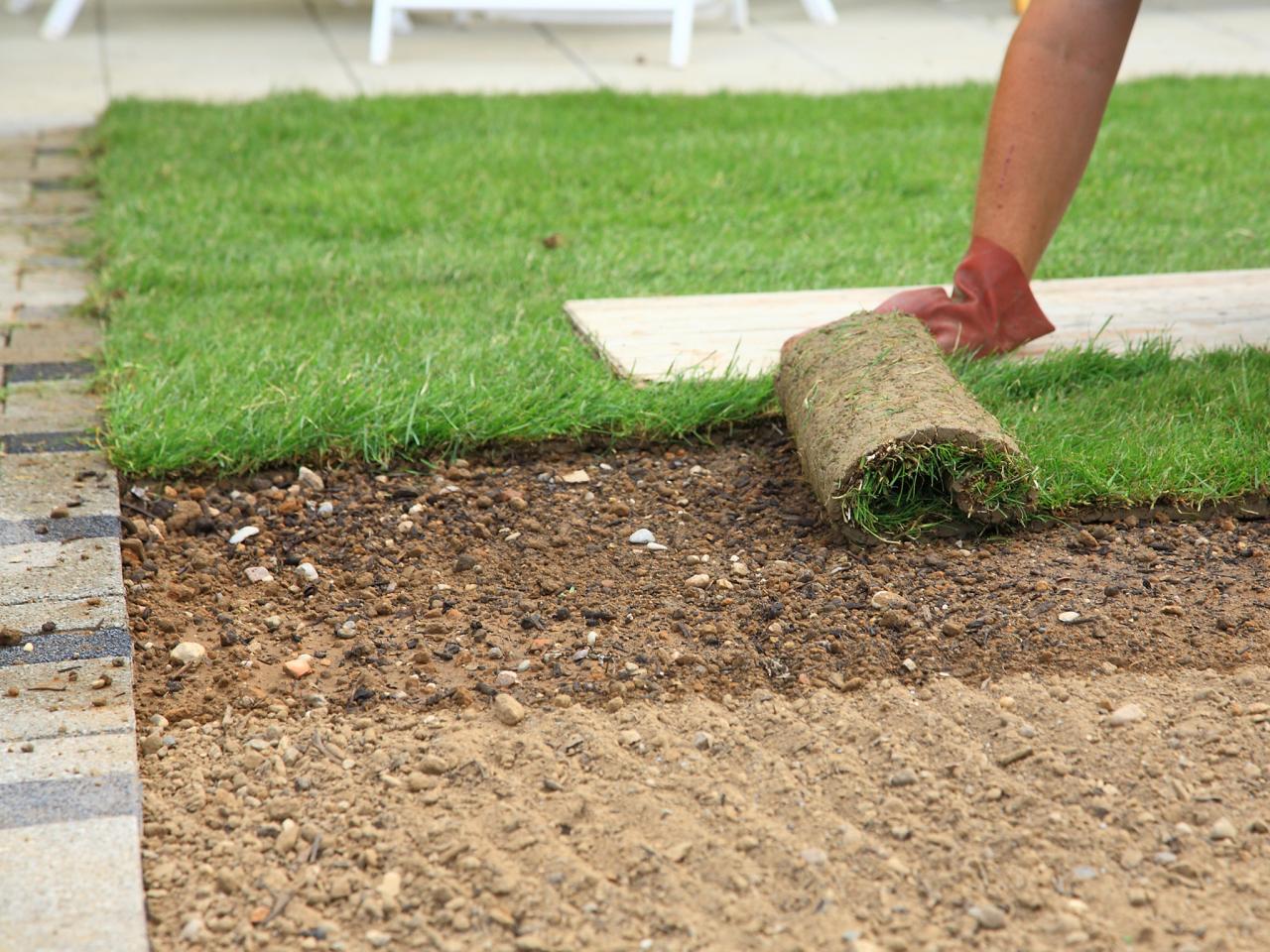

Landscaping Ideas
How To Take Care Of Lawn Grass
Modified: March 27, 2024
Learn expert tips for maintaining a lush lawn with our landscaping ideas. Discover essential care techniques for healthy, vibrant grass.
(Many of the links in this article redirect to a specific reviewed product. Your purchase of these products through affiliate links helps to generate commission for Storables.com, at no extra cost. Learn more)
**
Introduction
**
A lush, vibrant lawn is the pride of any homeowner. It provides a welcoming space for outdoor activities, enhances the visual appeal of the property, and contributes to a healthy environment. However, achieving and maintaining a beautiful lawn requires dedication, knowledge, and consistent care. In this comprehensive guide, we will explore the essential steps to ensure your lawn grass thrives throughout the year. From selecting the right grass species to combating weeds and pests, this article will equip you with the knowledge and techniques needed to take your lawn from ordinary to extraordinary.
Caring for your lawn involves a combination of art and science. Understanding the unique characteristics of your grass type, the local climate, and the specific needs of your lawn is crucial to its overall health and appearance. By implementing the practices outlined in this guide, you can establish a solid foundation for a lush, resilient lawn that will be the envy of the neighborhood.
Whether you are a seasoned lawn care enthusiast or a novice homeowner looking to elevate your outdoor space, the tips and insights presented here will empower you to take proactive steps in nurturing your lawn. So, let's embark on this journey to discover the secrets of maintaining a thriving, verdant lawn that will be a source of joy and pride for years to come.
Key Takeaways:
- Choose the right grass for your lawn based on climate, soil type, sun exposure, and intended use to establish a resilient and thriving lawn that enhances your outdoor space.
- Maintain a healthy and vibrant lawn by following watering, mowing, fertilizing, and pest management best practices tailored to the seasonal needs of your grass, creating a picturesque oasis for relaxation and recreation.
Read more: How To Repair Lawn Grass
Choosing the Right Grass
Selecting the most suitable grass species for your lawn is a pivotal decision that significantly impacts its long-term health and appearance. The choice of grass should be based on various factors, including climate, soil type, sun exposure, and intended use of the lawn. Here are essential considerations to guide you in choosing the right grass:
- Climate:** Different grass species thrive in specific climate zones. Warm-season grasses, such as Bermuda grass and Zoysia grass, are well-suited for hot climates, while cool-season grasses like Kentucky bluegrass and fescue varieties are ideal for regions with cold winters and moderate summers.
- Soil Type:** Assessing your soil’s composition and drainage capacity is crucial in selecting the appropriate grass. For instance, sandy soils benefit from grasses with drought tolerance, while clay soils may require grass species that can withstand periodic waterlogging.
- Sun Exposure:** Consider the amount of sunlight your lawn receives throughout the day. Some grasses, like St. Augustine grass, thrive in shaded areas, while others, such as Bermuda grass, require abundant sunlight to flourish.
- Intended Use:** Determine the primary function of your lawn, whether it’s for ornamental purposes, heavy foot traffic, or recreational activities. Certain grass species, like perennial ryegrass, are resilient to frequent use and are suitable for high-traffic areas.
Consulting with local landscaping professionals or extension services can provide valuable insights into the best grass varieties for your specific region. Additionally, considering factors such as maintenance requirements, water efficiency, and resistance to pests and diseases will contribute to a well-informed decision in selecting the right grass for your lawn. By carefully evaluating these factors, you can establish a solid foundation for a thriving, resilient lawn that will flourish in its unique environment.
Watering Your Lawn
Proper watering is essential for maintaining a healthy and lush lawn. However, achieving the right balance in watering practices can be a delicate art, influenced by factors such as climate, soil composition, and grass type. Here are key guidelines to ensure effective and efficient watering for your lawn:
- Establish a Consistent Schedule:** Consistency is crucial in watering your lawn. Set a regular watering schedule, preferably during the early morning, to minimize water loss through evaporation and ensure optimal absorption by the grass roots.
- Monitor Soil Moisture:** Regularly assess the moisture level of the soil to determine when watering is necessary. This can be done by inserting a screwdriver or soil probe into the ground. If the tool meets resistance, the soil is adequately moist; if not, it’s time to water the lawn.
- Deep and Infrequent Watering:** Rather than frequent shallow watering, aim for deep and infrequent watering sessions. This encourages the development of deep, robust root systems, making the grass more resilient to drought conditions.
- Adjust to Seasonal Changes:** Be mindful of seasonal variations in water requirements. During periods of high heat or drought, your lawn may need more frequent watering, while cooler and wetter seasons may necessitate reduced irrigation.
- Use Proper Irrigation Equipment:** Select irrigation methods that promote efficient water distribution, such as sprinkler systems with adjustable settings or soaker hoses. Avoid overwatering or creating waterlogged areas, as this can lead to fungal diseases and root rot.
By adhering to these watering principles and tailoring your approach to the specific needs of your lawn, you can foster a robust and resilient grass stand that exhibits vibrant growth and enduring health. Remember that understanding the water requirements of your grass species and adapting your watering regimen accordingly is key to achieving an enviable, verdant lawn that enhances the beauty of your outdoor space.
Mowing and Edging
Regular mowing and edging are fundamental practices that contribute to the overall health and visual appeal of your lawn. When performed correctly, these maintenance tasks promote dense, uniform growth and create a well-manicured appearance. Here are essential tips for mowing and edging your lawn effectively:
- Set the Right Mowing Height:** Adjust your mower to the appropriate cutting height based on the grass species in your lawn. Different grass types have specific height requirements, and adhering to these guidelines ensures optimal growth and resilience.
- Follow the “One-Third” Rule:** Avoid cutting more than one-third of the grass blade length in a single mowing session. This practice prevents stress on the grass and helps maintain its vigor and lushness.
- Alternate Mowing Patterns:** Varying the direction of your mowing patterns with each session prevents soil compaction and encourages upright grass growth. Consider mowing horizontally in one session and vertically in the next to promote even development.
- Edge Along Walkways and Borders:** Define the edges of your lawn by using an edging tool or string trimmer to create clean, distinct boundaries. This enhances the overall aesthetics of your lawn and prevents encroachment of grass into flower beds and pathways.
- Remove Excess Clippings:** After mowing, promptly remove any excessive grass clippings to prevent them from smothering the lawn and hindering sunlight penetration. Consider composting the clippings or using them as mulch in garden beds.
By integrating these best practices into your lawn care routine, you can maintain a well-groomed and resilient grass stand that enhances the beauty of your outdoor space. Mowing and edging not only contribute to the visual appeal of your lawn but also play a crucial role in promoting healthy growth and minimizing the risk of disease and pest infestation. Embrace these essential maintenance tasks as opportunities to nurture and showcase the natural splendor of your lawn.
Water your lawn grass deeply and infrequently to encourage deep root growth. This will make the grass more drought-resistant and healthier overall.
Fertilizing and Aerating
Fertilizing and aerating are essential components of a comprehensive lawn care regimen, contributing to the overall health, vigor, and resilience of your grass. These practices provide vital nutrients and improve soil structure, fostering optimal growth and vitality. Here’s how you can effectively fertilize and aerate your lawn to promote lush, vibrant grass:
- Soil Testing:** Conduct a soil test to assess the nutrient levels and pH balance of your soil. This valuable information guides you in selecting the appropriate fertilizer and determining the specific needs of your lawn.
- Choose the Right Fertilizer:** Select a high-quality, balanced fertilizer tailored to the requirements of your grass species and the prevailing soil conditions. Consider slow-release fertilizers for sustained nourishment and reduced risk of nutrient runoff.
- Follow Application Guidelines:** Apply fertilizer evenly and at the recommended rates to prevent the risk of burning the grass or promoting excessive growth. Consider fertilizing in early spring to support initial growth and again in late fall to bolster winter hardiness.
- Aerating the Soil:** Periodically aerate your lawn to alleviate soil compaction and enhance root development. Core aeration, which involves removing small plugs of soil, facilitates better air, water, and nutrient penetration into the root zone.
- Overseed as Needed:** After aerating, consider overseeding your lawn with grass varieties that complement the existing turf. This practice helps fill in sparse areas and introduces new, resilient grass plants to the lawn.
By incorporating these practices into your lawn care routine, you can fortify the foundation of your grass stand, ensuring robust growth, improved stress tolerance, and enhanced resistance to pests and diseases. Fertilizing and aerating are proactive measures that contribute to the long-term vitality and beauty of your lawn, nurturing a verdant and resilient outdoor space for you and your family to enjoy.
Read more: How To Remove Lawn Grass
Dealing with Weeds and Pests
Weeds and pests can pose significant challenges to maintaining a healthy lawn, competing with grass for essential resources and compromising its visual appeal. Implementing effective strategies to manage weeds and pests is crucial in preserving the vitality and beauty of your lawn. Here are key approaches to dealing with these common adversaries:
- Regular Monitoring:** Routinely inspect your lawn for signs of weed infestations and pest activity. Early detection allows for prompt intervention, preventing the escalation of these issues.
- Cultural Practices:** Promote a robust grass stand through proper watering, mowing, and fertilization, as healthy turf is more resilient to weed encroachment and better equipped to withstand pest pressures.
- Selective Herbicides:** Utilize selective herbicides to target specific weed species while minimizing impact on desirable grass. Consider pre-emergent herbicides to prevent weed seeds from germinating and post-emergent herbicides for existing weed control.
- Integrated Pest Management:** Embrace an integrated approach to pest management, incorporating biological controls, cultural practices, and targeted pesticide applications as needed. This holistic strategy minimizes environmental impact and promotes sustainable pest control.
- Natural Predators:** Encourage the presence of beneficial insects and organisms that prey on lawn pests, such as ladybugs, nematodes, and predatory wasps. These natural predators contribute to a balanced ecosystem and help control pest populations.
By adopting these proactive measures and staying vigilant in addressing weed and pest issues, you can safeguard the health and aesthetics of your lawn while minimizing the need for extensive interventions. Effective weed and pest management not only preserves the beauty of your outdoor space but also contributes to a thriving, harmonious ecosystem that supports the well-being of your lawn and the surrounding environment.
Seasonal Lawn Care
Adapting your lawn care practices to the changing seasons is essential for sustaining a healthy and vibrant grass stand throughout the year. Each season presents unique challenges and opportunities, requiring specific maintenance tasks to optimize the health and appearance of your lawn. Here’s a seasonal guide to caring for your lawn:
- Spring:** As the growing season commences, focus on tasks such as dethatching, overseeding, and applying a balanced fertilizer to support vigorous growth. Address any emerging weed issues promptly to prevent their proliferation.
- Summer:** With the onset of high temperatures, adjust your watering schedule to accommodate increased water needs. Mow at the appropriate height to shade the soil and minimize moisture loss. Monitor for pests and diseases, and provide adequate aeration to alleviate soil compaction.
- Fall:** Prepare your lawn for the approaching winter by aerating the soil, overseeding as needed, and applying a slow-release fertilizer to fortify the grass for the colder months. Clear fallen leaves and debris to prevent suffocation of the grass and promote air circulation.
- Winter:** While grass growth slows during winter, it’s essential to continue monitoring for signs of disease and pest activity. Minimize foot traffic on frozen or dormant grass to prevent damage, and refrain from mowing unless necessary.
By aligning your lawn care practices with the seasonal requirements of your grass, you can foster optimal growth, resilience, and overall health. Embracing a proactive and attentive approach to seasonal lawn care enables you to address specific needs and challenges at the right times, ensuring that your lawn remains a vibrant and inviting outdoor oasis throughout the year.
Conclusion
Caring for your lawn is a fulfilling journey that rewards you with a lush, verdant outdoor space that enhances the beauty of your home and provides a welcoming environment for relaxation and recreation. By implementing the principles and practices outlined in this guide, you can cultivate a resilient and visually stunning lawn that becomes the envy of the neighborhood. From selecting the right grass species to nurturing its growth through proper watering, mowing, and fertilizing, each aspect of lawn care contributes to the overall health and vibrancy of your grass stand.
It’s important to approach lawn care as a harmonious blend of science and art, understanding the unique needs of your grass species, the local climate, and the seasonal variations that influence its growth. By staying attuned to these factors and adapting your care regimen accordingly, you can establish a solid foundation for a thriving lawn that withstands the challenges of each season and flourishes in its natural beauty.
Furthermore, addressing weed and pest issues, embracing seasonal lawn care practices, and staying attentive to the evolving needs of your lawn are key elements in nurturing a healthy and picturesque outdoor space. Your dedication to maintaining a well-groomed and resilient lawn not only elevates the aesthetics of your property but also contributes to a sustainable and vibrant ecosystem within your immediate surroundings.
As you embark on this journey of lawn care, remember that each task, whether it’s mowing, fertilizing, or addressing weed infestations, is an opportunity to nurture and showcase the natural splendor of your lawn. Embrace these moments as a chance to connect with nature and create a haven of beauty and tranquility within your own backyard. With a blend of knowledge, dedication, and a touch of creativity, you can transform your lawn into a captivating masterpiece that brings joy and pride for years to come.
Frequently Asked Questions about How To Take Care Of Lawn Grass
Was this page helpful?
At Storables.com, we guarantee accurate and reliable information. Our content, validated by Expert Board Contributors, is crafted following stringent Editorial Policies. We're committed to providing you with well-researched, expert-backed insights for all your informational needs.
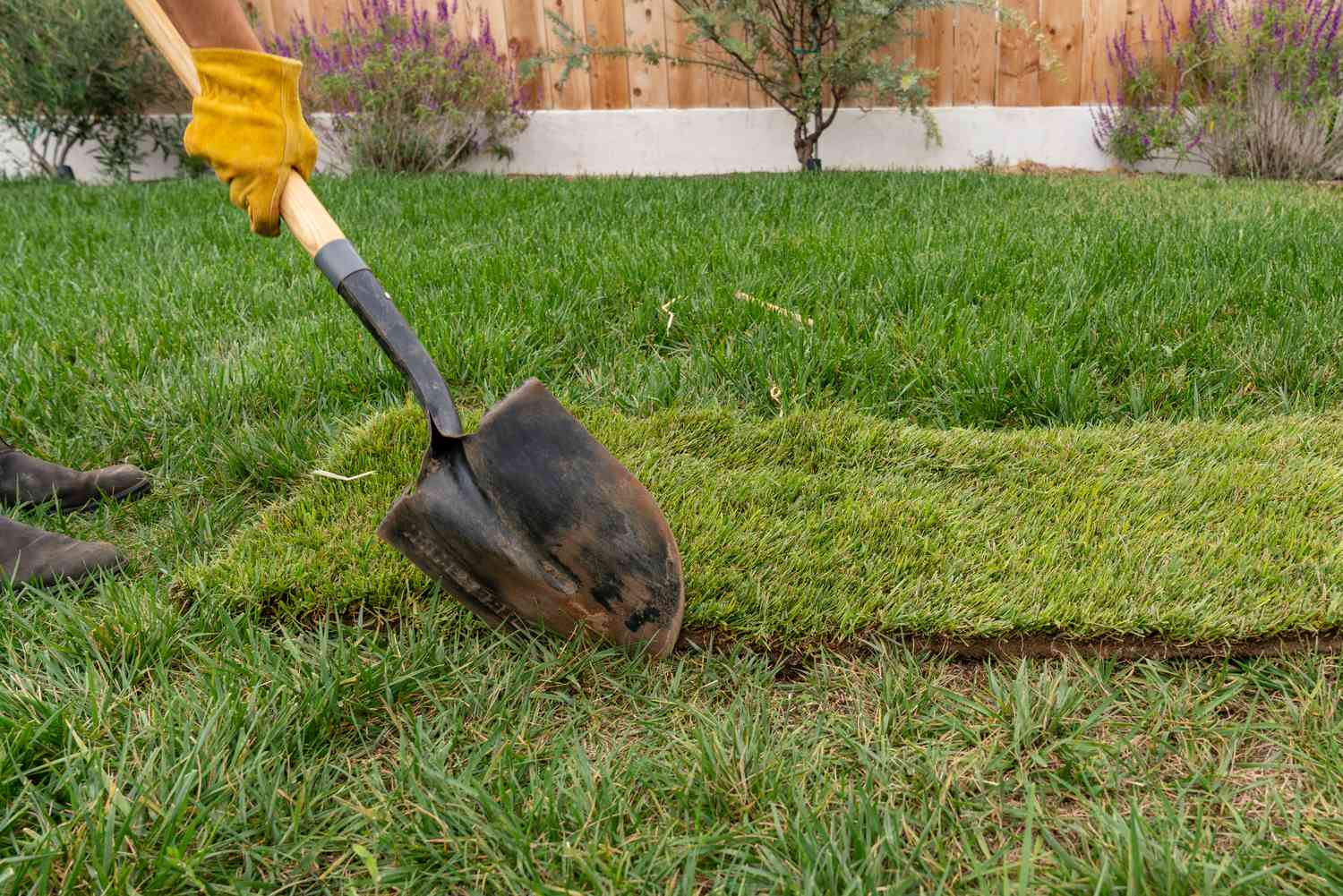

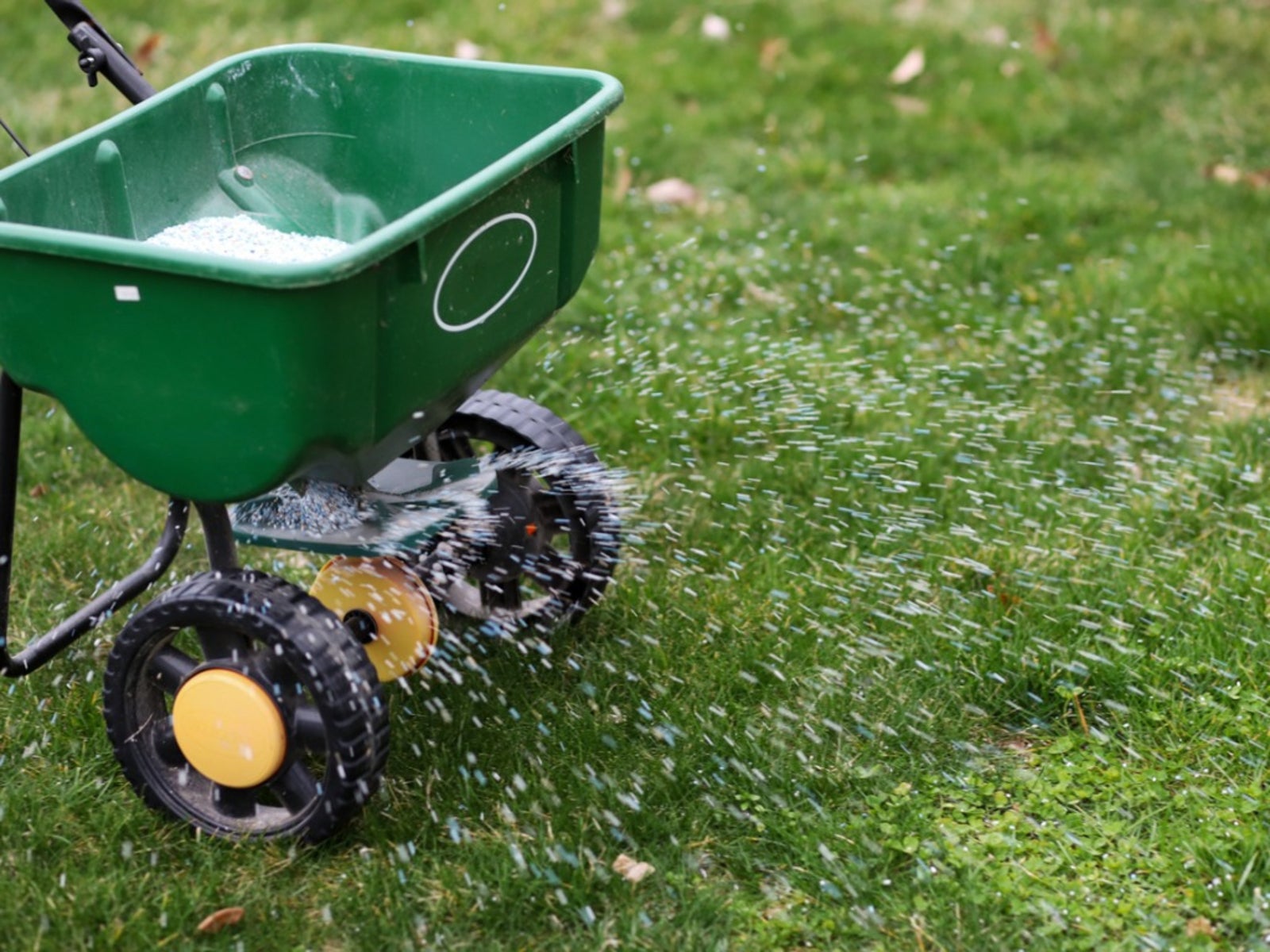
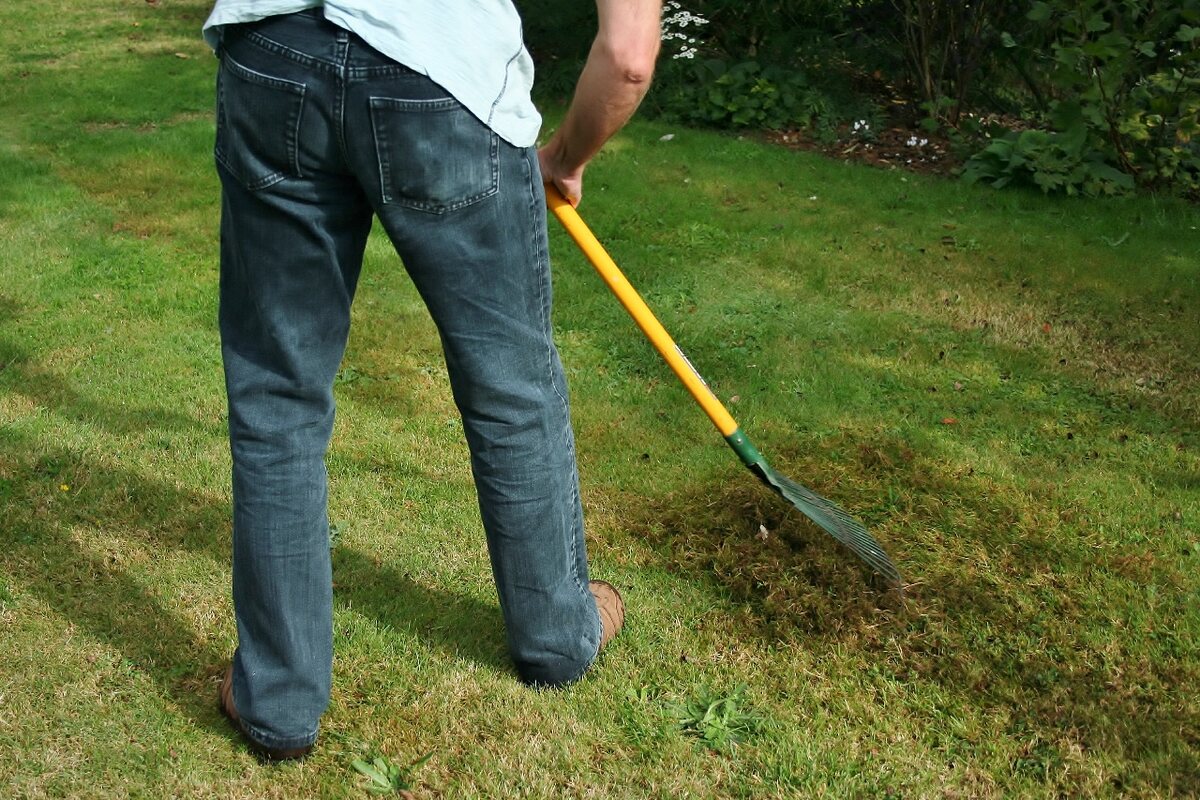

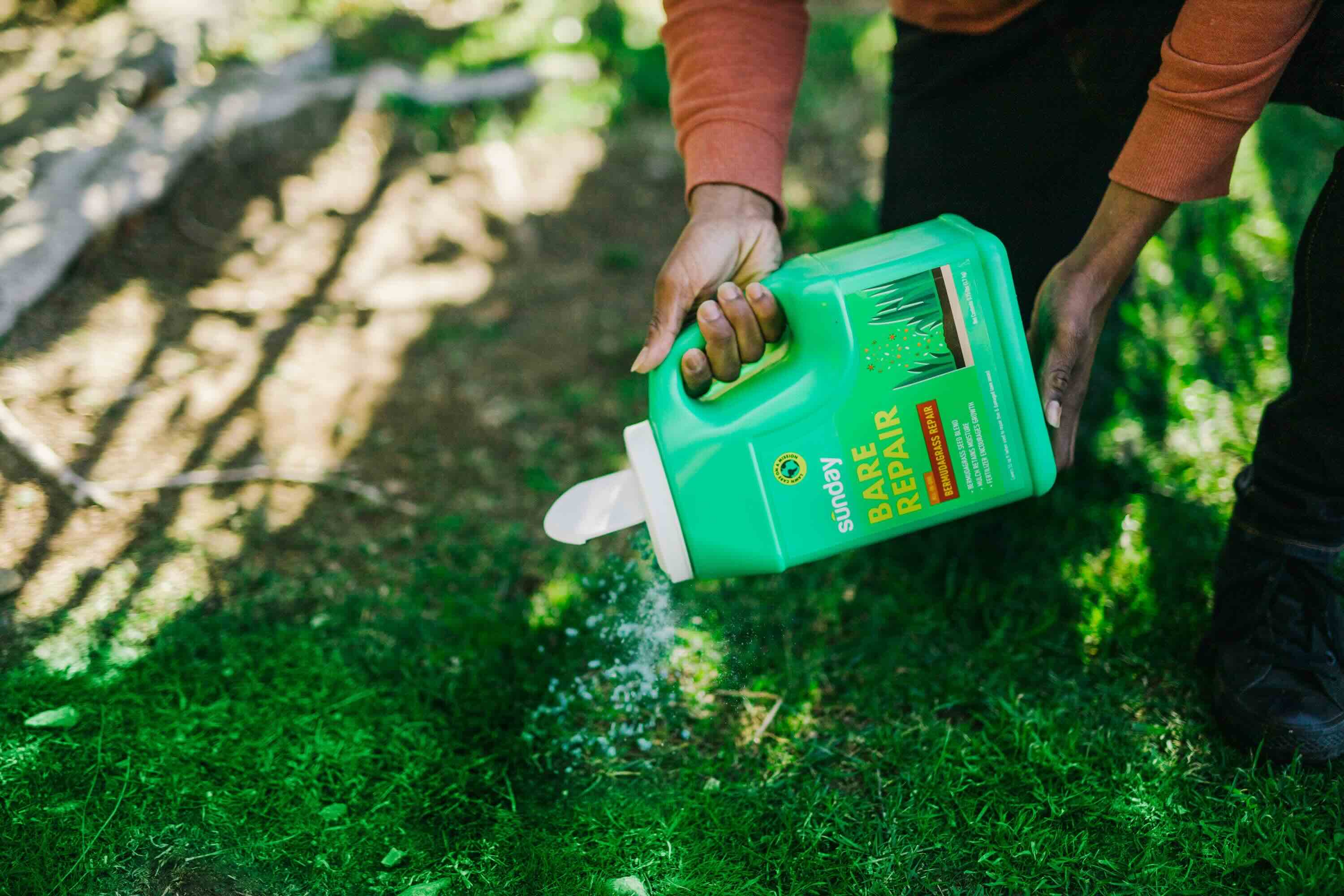
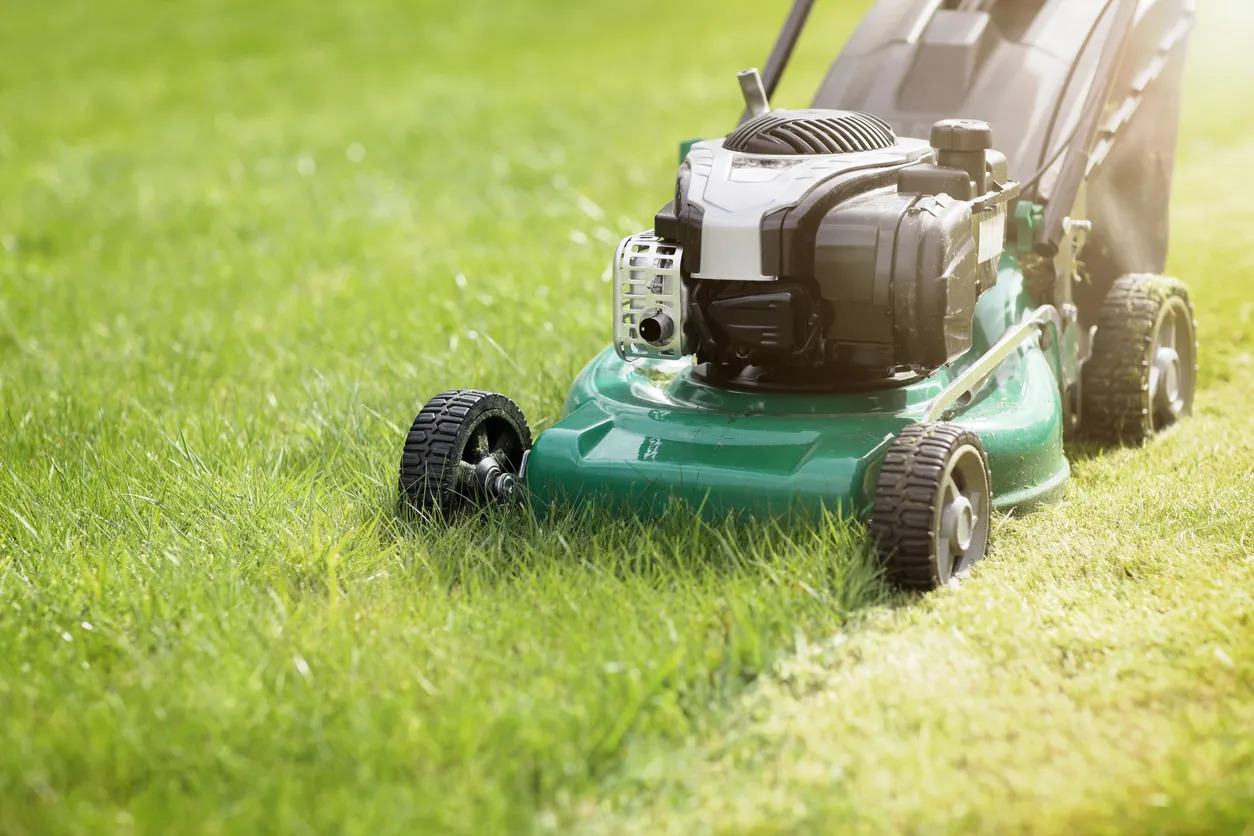
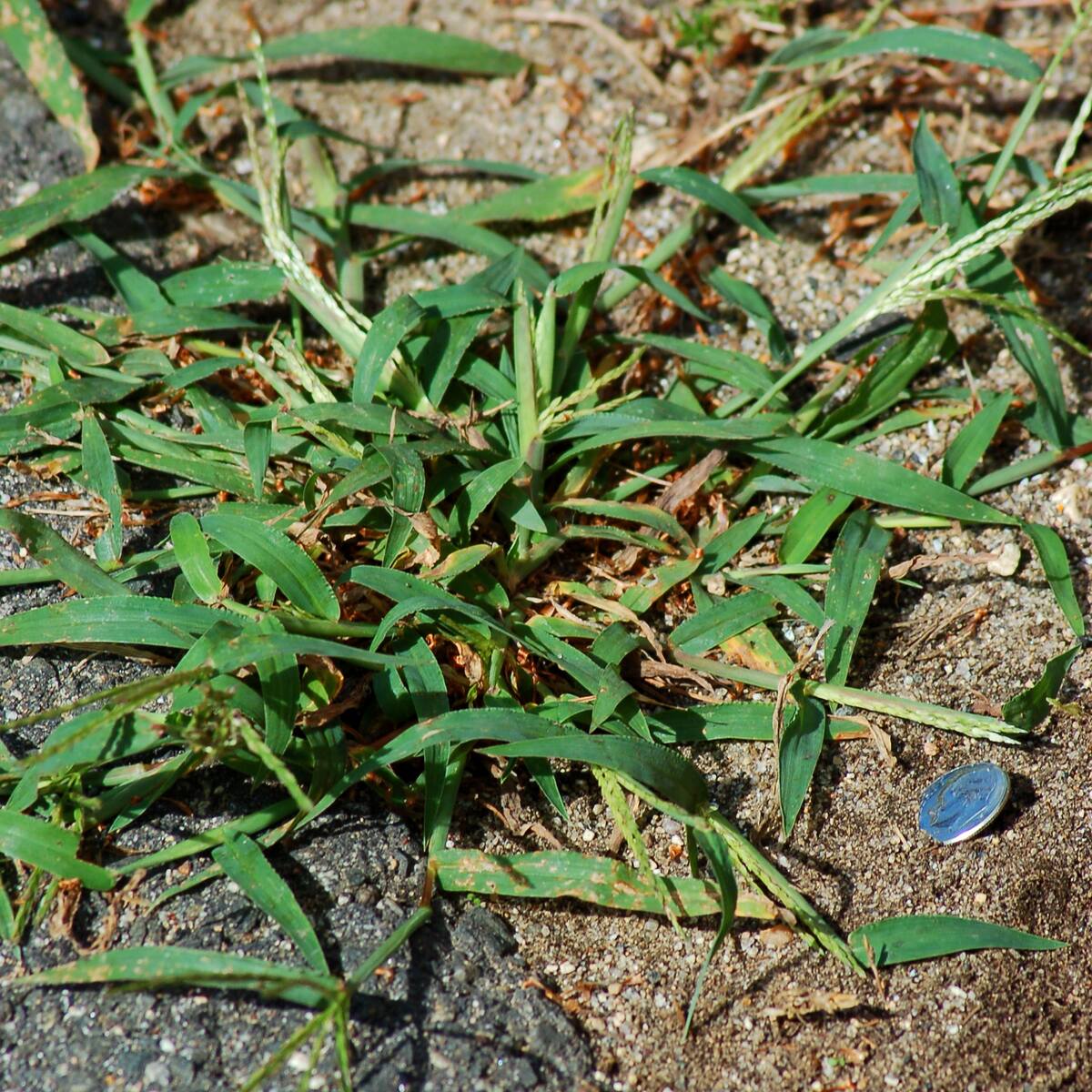
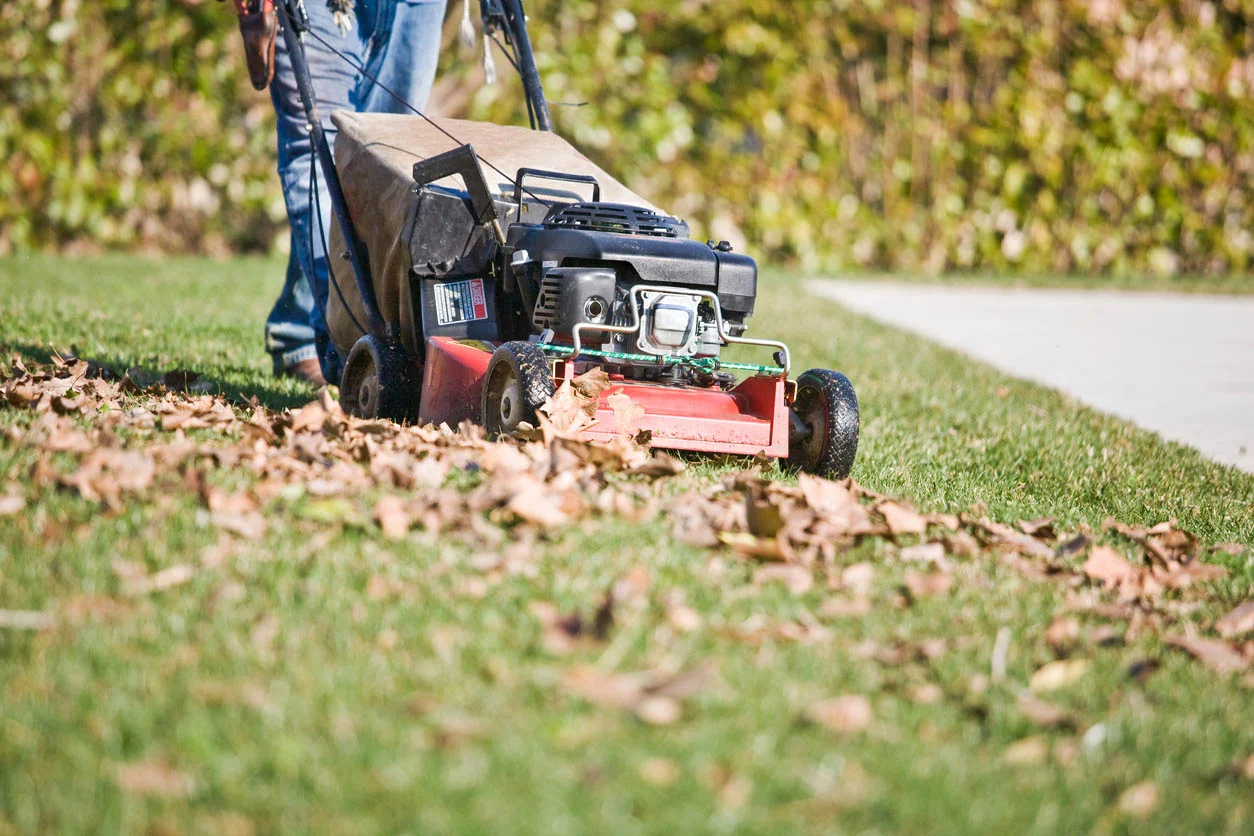

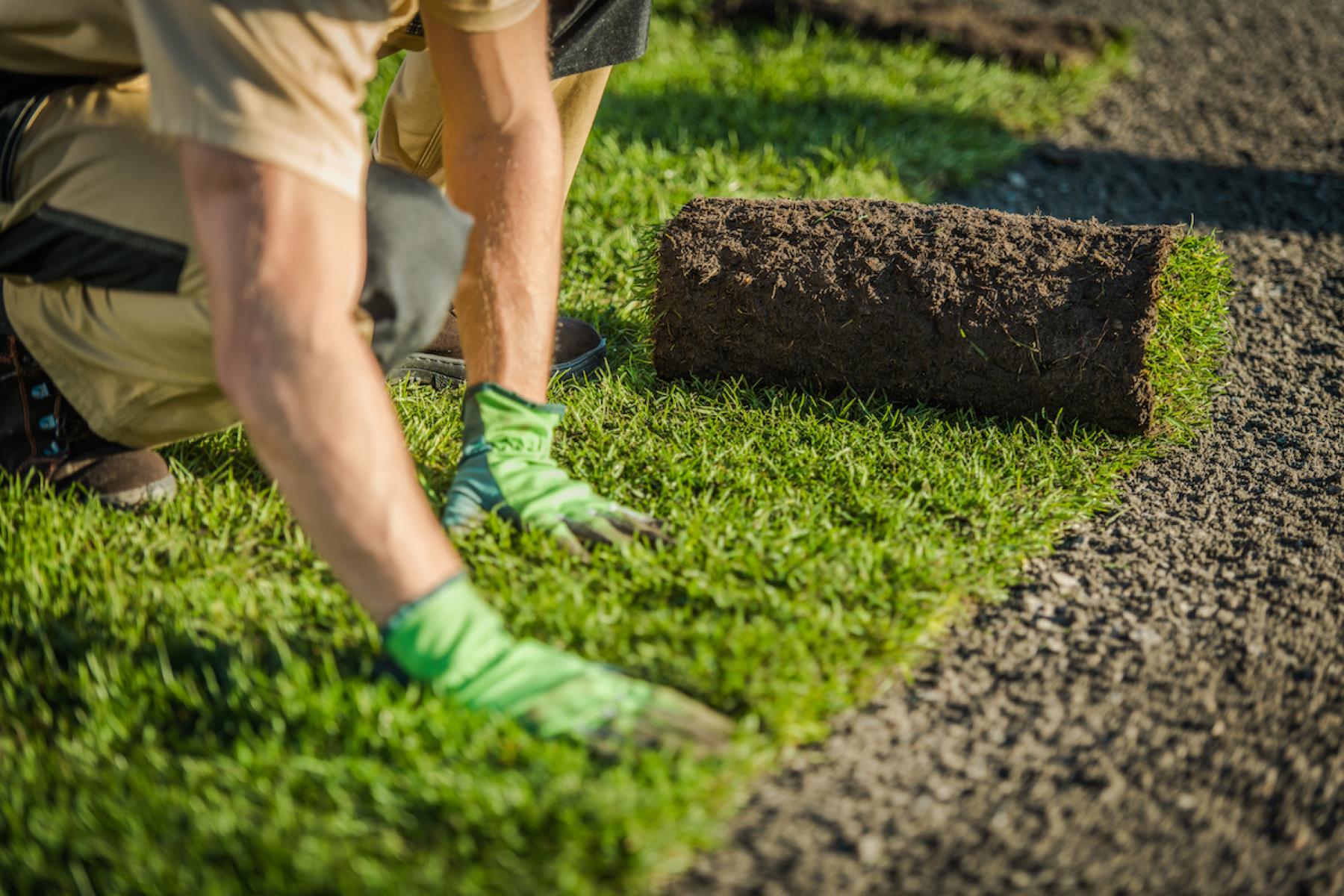




0 thoughts on “How To Take Care Of Lawn Grass”